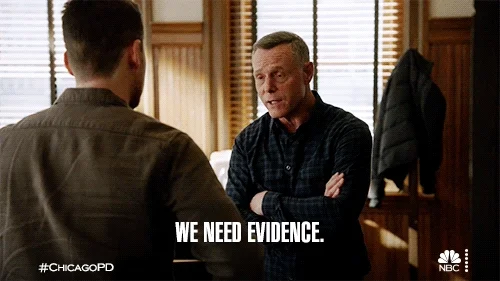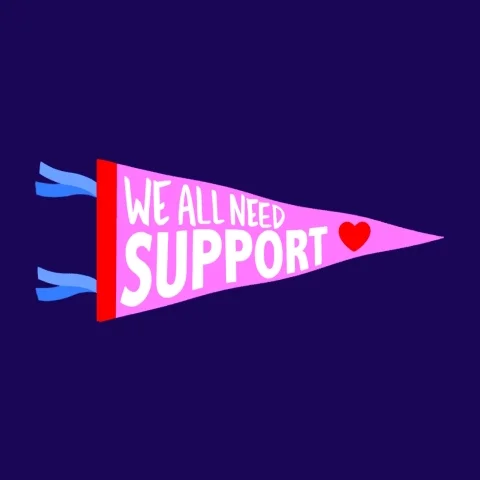Most people spend over 1,500 hours at work every year. If we're spending that much time in a place, it needs to feel safe and comfortable for everyone.

Unfortunately, many people experience inappropriate behavior or harassment in their workplace. Who wants to feel uncomfortable, unsafe, or unwelcome in a space where you spend so much of your time?
Use these strategies below to identify inappropriate behavior in the workplace and take action against workplace harassment.
What Is Workplace Harassment?
Workplace harassment is any unwelcome or offensive behavior that happens at work. It can take many forms.

Discrimination
Unfair treatment based on race, gender, sexual orientation, ability, religion, age, etc.

Sexual Harassment
Inappropriate jokes, gestures, touching, or pressure for sexual favors (learn more at justice.gov)

Verbal Harassment
Insults, hurtful comments, offensive language, or threats

Physical Violence
Hitting, unwanted grabbing, and damage to property
Effects of Workplace Harassment
If you or a coworker experience inappropriate behavior in the workplace, it must be taken seriously. Studies show that workplace harassment affects people in many ways.

Mental Health
Depression, anxiety, fatigue, and lack of motivation

Economic
More sick days and absences, which could lead to unemployment

Environmental
Fewer feelings of safety and confidence in the work environment
Quiz
Which are signs that an employee might be facing workplace harassment? Select all that apply:
Ways to Speak Up
If someone behaves inappropriately at work, it can be uncomfortable to talk about it — but speaking up calmly and clearly can help stop it from happening again.

1. Give a reminder.
Remind your coworker that their behavior isn't appropriate. Remember to be polite and calm so that the person doesn't feel attacked or defensive. You want them to change their behavior!

2. Have a private conversation.
If you don't feel comfortable in the moment, pull your coworker aside privately. Explain how their behavior made you or others feel so they can fully understand.

3. Follow up with an email.
After you have a conversation, it's a good idea to send an email to your coworker. Say something simple like, "I appreciated our talk today about..." or "Thank you for talking with me about..."
In case this behavior continues, this email will help you document their behavior and show that you tried to deal with it yourself.

What If It Doesn't Stop?
In severe cases, inappropriate behavior may continue even after having a conversation. You may decide to report the harassment.
It's important to note that reporting inappropriate behavior in the workplace can be a long and stressful process. This is why only 58% of people report workplace harassment.
However, reporting is necessary to make your workplace safe and comfortable for yourself and others.
1. Gather any evidence.
This includes any emails, texts, voicemails, or written evidence of the inappropriate behavior in the workplace. Talk to any trusted coworkers who have witnessed the behavior to see if they can back you up.

2. Tell your immediate supervisor or HR team.
These people are here to help you. Your human resources department exists to make sure you have a safe work environment. Tell them what you have experienced, how it made you feel, and the impact it is having on you.

3. File a report.
Once a report is filed, there will be an investigation. There may be interviews, which can be stressful. If it is found that there was harassment, the harasser will be terminated or transferred to a new location.
Remember: Reporting harassment takes courage. Doing so helps create a safer workplace for everyone. The process can be difficult, so it’s important to surround yourself with people who believe in you and support your decision every step of the way.

Showing Your Support
There may be a time when the behavior doesn't happen to you, but a coworker shares their experience with you. This shows that they trust you and see you as a safe space, so it is important to respond in a supportive way.

Do say:
"I'm sorry, that sounds uncomfortable."
This makes the other person feel valid and shows your support for them.
"Do you want to talk about it?"
This confirms that you are a safe space for this person to come to, even if they are not ready to share all the details.
"Is there anything I can do to help?"
This shows that you are here for this person if they need it, but doesn't pressure them to report it.

DON'T say:
"That doesn't sound like (coworker)."
This makes it sound like you don't believe the other person.
"That is just what (coworker) is like."
This makes the behavior seem normal in your workplace and encourages it to continue.
"It was just a joke, it's not that serious."
This invalidates how your coworker is feeling and makes harassment seem like it isn't important.
Quiz
Beth is your coworker and good friend. She tells you a male coworker emailed her an inappropriate video that made her uncomfortable. How should you respond?
Take Action

Take the right steps to deal with harassment and other types of inappropriate behavior in your workplace!
Your feedback matters to us.
This Byte helped me better understand the topic.

